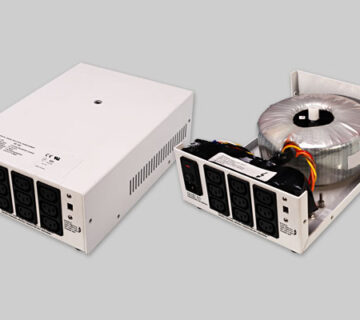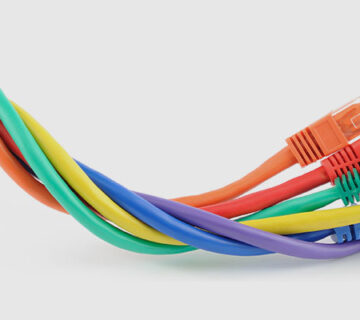Electromagnetic interference (EMI) has been an issue almost ever since the electronic industry has come into existence. Depending upon the design and function of the electronic device, the printed circuit board (PCB) within the device can fall prey to radiated electromagnetic energy. This is why as an electronic manufacturer, it is important that PCBs are designed such that they do not interfere with one another, and can also have good electromagnetic compatibility (EMC). So, how can that be achieved? Let us take a look.
There are lots of things that can be done to the PCB so that the EMI can be controlled, thus protecting the board from being influenced by external EMI. But, out of those “lot many things”, we have stated here five of the most crucial design considerations that need to be made, before anything else.
Board layer stackup
The high speed transmission of power can be protected by routing the power lines between the power and ground planes of the board, so that the configuration formed can reduce crosstalk from broadside coupling with routed traces on other signal layers, thus keeping any radiated emissions to the minimum. The board layers must thus be configured such that the power and ground layers shield and protect the routing.
Trace routing
The trace lengths should be kept at a minimum wherever possible. Also, signal traces must never be routed over split planes, or the signal will radiate noise and cause hazards while trying to return back on the path. The use of vias must thus be minimized so that the return paths in the plan are kept as open as possible, thus helping signals to return easily. The differential pairs must also be routed carefully such that they are kept close together, without the use of vias, unless absolutely necessary. Furthermore, differential pairs and high speed traces much be isolated from other circuitry, as much as possible.
Decoupling capacitors
The decoupling capacitors store current for the integrated circuits that are switching, without which the current would flow much further from the source to the integrated circuit, thus causing larger voltage drops and higher noise. A decoupling capacitor must thus be placed close to every power supply pin on all the integrated circuits of the board.
Digital and analog circuitry
The digital and analog circuitry must be kept isolated from each other as much as possible, as they are completely different from the other. There must be no shared digital ground plane with analog or power supply grounds. Also, the digital circuitry must not be routed on the inner layers through areas of analog components.
Ground shielding
Metal area fills and stitching vias must be used to create a pseudo faraday cage around critical areas of circuitry on the board.
With all these tactics, a printed circuit board has the least possible chance of radiating or being influenced by external electromagnetic interference. Hiring a professional who has immense experience about manufacturing PCBs can also avoid many other designing and manufacturing hurdles that can otherwise cause interference. After all, an experienced manufacturer should be having plenty of ideas to control EMI. So, go ahead and hire a professional like Miracle Electronics, whose EMS services in India can help you achieve optimal PCB manufacturing results, as you wouldn’t want to have your design fail only because of EMI problems.




